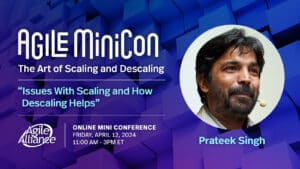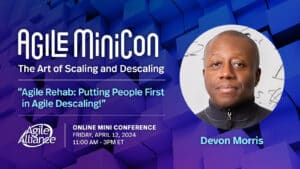As a software developer with more than 20 years of experience, I witnessed and went through some awkward situations. I had to create unuseful documentation because my boss wanted to. I saw teams defining story points to a set of user stories and complaining that some user stories were more complicated than they thought at the next retrospective. I’ve heard about teams creating interfaces with extra features because the designer thought it was helpful to the customer. I witnessed teams with a WIP of more than 200 thinking things were fine.
Sometimes it’s hard for professionals to see situations like these as waste, barriers or impediments. The research I’m developing in the master’s degree aims to help developers being more productive by removing unnecessary impediments. I used Data Science and the concept of waste to do so. The result was a software that implements the methodology. It was possible to quantify wastes during the research and present waste trends to teams and managers. The presentation of waste trends helped teams focusing on what matters the most. And it eases the root cause analysis. This report aims to demonstrate the root cause analysis process, some discoveries I came across during the application of the methodology and challenges faced while the research was developed and applied.





